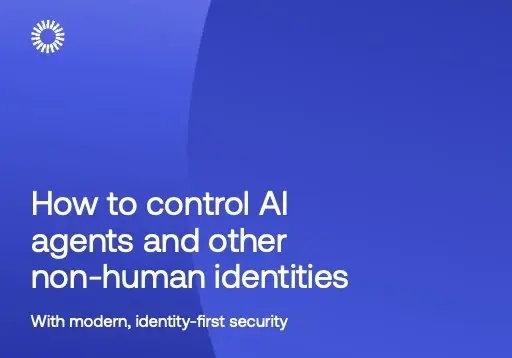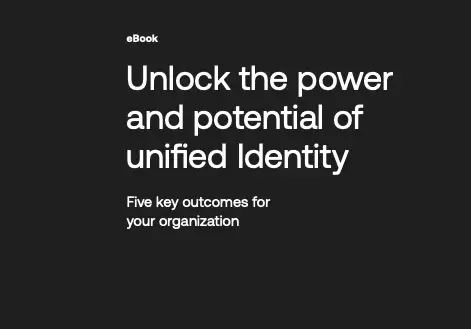Governance, Risk, and Compliance (GRC) – the very words conjure up thoughts of endless spreadsheets and lengthy meetings for employees and leadership alike.

Many companies disregard GRC exercises as time-consuming or solely the responsibility of the CFO and internal audit teams. But, with regulatory obligations and penalties for non-compliance increasing, this perception could not be further from the truth.
Today, the implementation of a solid GRC strategy is essential for businesses to thrive in today's complex and highly regulated environment. This effort involves areas that are separate from IT such as Finance, and require a range of different teams and GRC tools to ensure a GRC program’s effectiveness.
As s regulations mount, however, many organisations big and small fail to implement a robust GRC programme that adheres to the constant barrage of new guidelines being introduced.
In this list, we will discuss the top 10 pitfalls companies should avoid in GRC implementation, providing insights on how to navigate the GRC landscape successfully.








Comments ( 0 )